#Mount Rushmore history
Text
Exploring the Secrets of Mount Rushmore: A Historical Mystery
Mount Rushmore: The Intriguing Hidden Chamber
Within the realm of American history and conspiracy theories, there exists a tale that seems ripped from the pages of a Hollywood adventure script, reminiscent of blockbuster movies like “National Treasure.” Yet, the theory that something extraordinary lies concealed within the monumental edifice of Mount Rushmore predates its portrayal on the silver…

View On WordPress
#American history#Gutzon Borglum#Hidden secrets in monuments#Mount Rushmore conspiracy theories#Mount Rushmore history
1 note
·
View note
Link
The true history of Mount Rushmore is appalling. In a nation that is awash in the blood of innocent humans who were murdered by colonizers, that refuses to reckon with its white supremacist history, Mount Rushmore stands out as a glaring example of the cruelty and violence of America’s brutality.
“The Lakota considered the carving of the four presidents' faces on what was once Six Grandfathers, a defacement of their sacred site, especially as "those four people had a lot to do with destroying our people's land base," Douville said. Indeed, Washington waged war against Native American tribes, Jefferson was considered the architect of policies that would result in the removal of Native Americans from their lands, Lincoln ordered the execution of 38 Dakota Native American rebels, the largest mass execution in American history, and Roosevelt systematically removed Native Americans from their lands.”
“We found the monument had a dark history of ties to the KKK, an illegal war, and the violent suppression of the Native American Lakota (also known as Sioux) people. We looked at each claim in the meme, starting with the history of the region before Mount Rushmore was built, followed by an investigation into its creation and alleged KKK funding.“
If you don’t know the truth about this monument to hate and genocide, please look into it, and encourage others to do the same.
#george floyd protests#mount rushmore#american history#white supremecy#american genocide#native american
948 notes
·
View notes
Text
Okay. So I know I'm 2 days late for the 4th of July but I only now remembered this gem of a story.
We love to dunk(deservedly) on American pride/patriotism. But you probably didn't know how bad the story of Mount Rushmore, one of the most important places of the American mythos, is.
Like, not just bad, it is so mindnumbingly evil that it's almost unbeliveable it's not a children's movie plot.
To start off, it's built on stolen Indian land, and not "just" stolen like the rest of the country, it was extra stolen.
The mountain itself was among the natives called Six Grandfathers and it's one of the most important spiritual sites for many local tribes.
Then, the United States in the mid 19th century signed a deal with the local tribes, granting the tribes the right to their land (which belonged to them for millennia prior) in exhcange for some concessions.
The US broke the treaty immediately, a war broke out, the US lost, and signed another similar treaty, then they found gold a few years later, went to war again, won this time and did a genocide, emptied the land and sold some off it to white settlers.
Many decades later, in the 1920s, the local government working with sculptor G. Borglum(who also made monuments to the Confederacy, and was a known KKK supporter) decided they wanted to make a tourist attraction.
So they carved into a 3-times-stolen, Native American holy mountain, the faces of George Washington(who earned himself the nickname Burner of Towns from the local population), Thomas Jeferson(a racist, rapist, pedophile and owner of 260 slaves), Theodore Roosevelt(quote:"I don’t go so far as to think that the only good Indian is the dead Indian, but I believe nine out of every ten are") and Abraham Lincoln(by far the least worst one, but still a racist, imperialist, standard US president material). With dynamite.

#ramblings#not a reblog#politics#when our turn comes#we shall not make excuses for the terror#native#native american#history#4th of july#united states#united states history#mount rushmore#socialism#capitalism#communism#long posts#text post#left wing#geography#imperialism
209 notes
·
View notes
Note
If you were to choose four new Presidents to be put onto a second Mount Rushmore, who would they be? Alternatively, who are four non-Presidents that you might choose?
That's a tough one. For the Presidents on the second Mount Rushmore, I think FDR would be a no-brainer. I think I'd also add Ulysses S. Grant and Dwight D. Eisenhower -- not solely because of their Presidencies, but due to their overall importance to American history. The last spot is the hardest to decide upon. I don't think I'd choose anyone who was in office more recently than Eisenhower. Maybe John Adams or James Madison?
As for the four non-Presidents, I'd go with General George C. Marshall, Martin Luther King Jr., Cesar Chavez, and either Alice Paul, Harriet Tubman, Elizabeth Cady Stanton, or Clara Barton.
#What if?#Mount Rushmore#Mount Rushmore II#History#Franklin D. Roosevelt#FDR#President Roosevelt#Ulysses S. Grant#General Grant#President Grant#Dwight D. Eisenhower#General Eisenhower#President Eisenhower#George Marshall#General Marshall#Leaders#Political Leaders#James Madison#President Madison#John Adams#President Adams#Cesar Chavez#Martin Luther King Jr.#MLK Jr.#Clara Barton#Alice Paul#Elizabeth Cady Stanton#Harriet Tubman
22 notes
·
View notes
Text




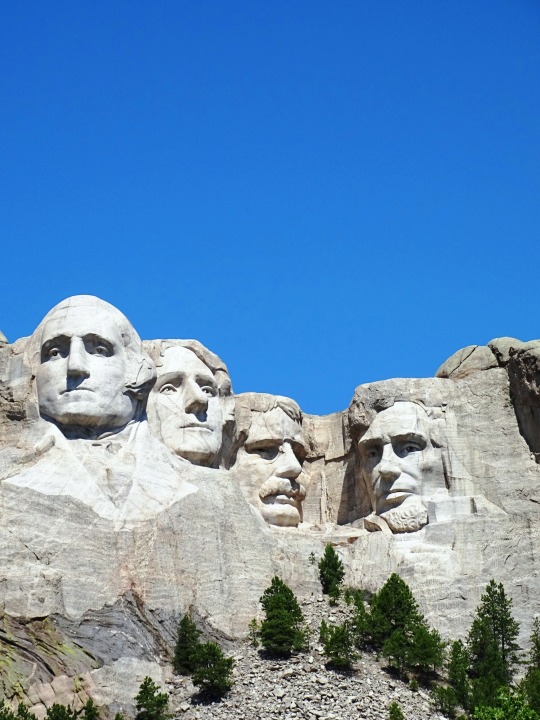







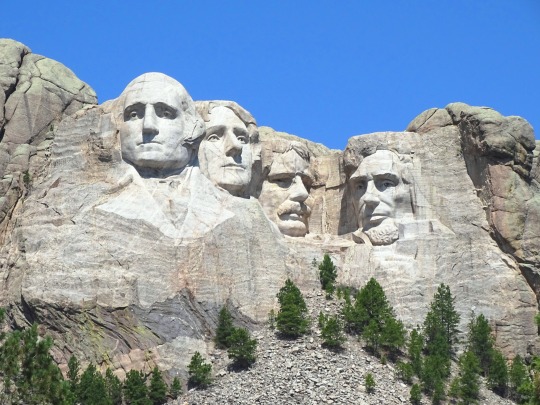
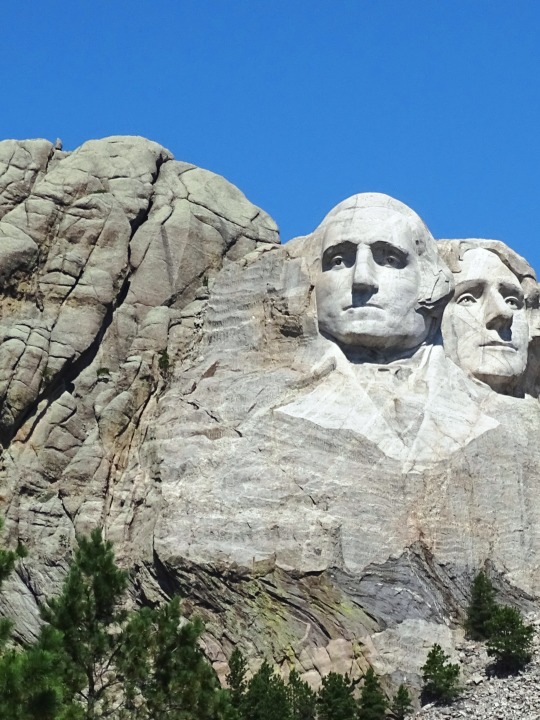
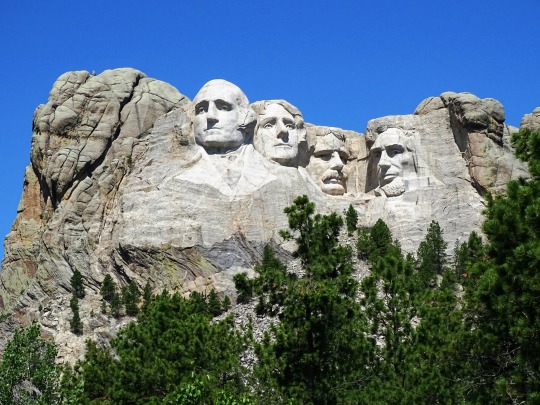
Thomas Jefferson Day
Thomas Jefferson, a founding father of the United States, was born on April 13, 1743. He held many roles and did much during the formative years of the country, including being the main author of the Declaration of Independence and the country’s third president. He wrote his own epitaph, highlighting what he most wanted to be remembered for: “HERE WAS BURIED THOMAS JEFFERSON AUTHOR OF THE DECLARATION OF AMERICAN INDEPENDENCE OF THE STATUTE OF VIRGINIA FOR RELIGIOUS FREEDOM AND FATHER OF THE UNIVERSITY OF VIRGINIA.”
Thomas Jefferson Day is a legal observance, but it is not a public holiday. A joint resolution approved on August 16, 1937, authorized the President of the United States to proclaim April 13 as “Thomas Jefferson’s Birthday” each year. The following year, President Franklin D. Roosevelt issued Presidential Proclamation 2276 to designate the day. Subsequent presidents have made similar proclamations. In Alabama, Thomas Jefferson’s birthday is officially celebrated on Presidents’ Day, along with George Washington’s.
Thomas Jefferson was born at the Shadwell plantation in Albemarle County, Virginia. His mother, Jane Randolph Jefferson, was from a prominent Virginia family, and his father, Peter Jefferson, was a planter and surveyor. After graduating from the College of William and Mary in 1762, he began studying law. As there weren’t official law schools at the time, Jefferson studied under a Virginia attorney. He began his work as a lawyer in 1767.
He married Martha Wayles Skelton on January 1, 1772. They had six children, but only two daughters lived to adulthood. Martha died in 1782 at the age of 33, and Jefferson never remarried. Besides keeping himself busy with politics throughout his life, he had many other interests, including gardening, architecture, music, and reading.
Jefferson was a member of colonial Virginia’s House of Burgesses between 1769 and 1775. He wrote “A Summary View of the Rights of British America” in 1774, which brought him to a wider audience. It said that the British Parliament didn’t have the right to use authority over the colonies. He was then selected to be a delegate to the Second Continental Congress. During this time, a panel of five was chosen to draft the Declaration of Independence. Of the five, which also included John Adams and Benjamin Franklin, Jefferson was chosen to write the draft. It was adopted on July 4, 1776.
In the fall of 1776, Jefferson resigned from the Continental Congress and was elected to the Virginia House of Delegates, which was formerly the House of Burgesses. In the late 1770s, he drafted the Virginia Statute for Religious Freedom. It was a notable forerunner to the First Amendment, and Jefferson thought it was one of his most substantial contributions, being important enough to include in his epitaph. After his time in the Virginia House of Delegates, he was Governor of Virginia from 1779 to 1781.
Following the Revolutionary War, Jefferson was part of Congress, which was known as the Congress of the Confederation at the time. He served from 1783 to 1784, and then became Minister to France in 1785, taking over the position that Benjamin Franklin had held. Because he was overseas, he was not able to attend the Constitutional Convention in 1787.
In the fall of 1789, Thomas Jefferson returned to America and became the first secretary of state. He helped found the Democratic-Republican Party, which opposed Alexander Hamilton’s Federalist Party, a party which wanted a strong central government with strong powers over the economy. Jefferson believed in a federal government with a limited role and believed in strong state and local governments.
He ran for president in 1796 and received the largest amount of votes after John Adams, so he became vice president. He ran against Adams again in 1800, and this time beat him. But his electoral vote count tied that of his running mate, Aaron Burr, and it was up to the House of Representatives to declare Jefferson as president. Because of this, the Twelfth Amendment, which stipulated separate voting for president and vice president, was ratified in 1804.
Jefferson served two terms as president and was in office from 1801 to 1809. During his first term, in 1803, he helped orchestrate the Louisiana Purchase, in which the size of the United States doubled with the purchase of land for $15 million from France. Jefferson sent Meriwether Lewis and William Clark on an expedition, known as the Corps of Discovery, to explore the new land. With this trip, information was gathered about geography, plant and animal life, and American Indian tribes. During his second term, which he secured with over 70% of the popular vote, Jefferson worked to keep the country out of the Napoleonic Wars. He implemented the Embargo of 1807 after merchant ships were getting harassed by France and Britain. It was an unpopular move, though, as it shut down American trade and hurt the economy; it was repealed in 1809. Jefferson did not run for a third term in 1808.
After his presidency, Jefferson retired to his home, Monticello. “Monticello” means “little mountain” in Italian. Indeed the home is located on a small mountain, on the edge of the Shadwell property where Jefferson was born. He had begun clearing the area for a home in 1768. He designed the home and gardens himself, and he continually worked on the house throughout his life. Art and gadgets filled the rooms, and he kept records of everything that went on at the plantation.
During his retirement years, he also helped found the University of Virginia. He helped design both its buildings and its curriculum. He also made sure it wasn’t a religious school and that there wasn’t a religious litmus test in order to attend it.
In 1815, he sold his 6,700 volume personal library to Congress, to replace the books that had been destroyed by the British in the War of 1812, when they burned the Capitol, which housed the Library of Congress at the time. Jefferson’s books became the foundation of what became the Library of Congress’s new library.
Although Jefferson is revered as one of the founding fathers, he is not a man without contradictions and shortcomings. He was a promoter of liberty and wrote “all men are created equal,” but was a slave owner throughout his whole life, during which he owned a total of about 600 slaves. He believed blacks were inferior humans and didn’t think coexistence would be possible if they were free. And although he never remarried after the loss of his beloved wife, Martha, he went on to father more children with one of his slaves, Sally Hemings. Some of the slaves that were in his bloodline were freed after his death, but most of his slaves were sold.
Thomas Jefferson passed away at Monticello at the age of 83, on July 4, 1826, on the 50th anniversary of the adoption of the Declaration of Independence. As if the date of his death wasn’t ironic enough, fellow founding father John Adams died on the same day. Thomas Jefferson died first, but Adams did not know that Jefferson had died, and his last words were “Thomas Jefferson survives.” Jefferson was buried at Monticello. Monticello was sold off following his death to pay debts, but a nonprofit organization acquired it in the twentieth century and it was opened to the public in 1954.
Source
#Thomas Jefferson Day#13 April 1743#anniversary#US history#born#birthday#Mount Rushmore National Memorial#controversial memorial#USA#controversy#Black Hills#South Dakota#Gutzon Borglum#summer 2019#original photography#tourist attraction#landmark#landscape#nature#NationalThomasJeffersonDay#Thomas Jefferson#US President#Teddy Roosevelt#Theodore Roosevelt#Abraham Lincoln#George Washington#North Central Region#Great Plains#travel#vacation
12 notes
·
View notes
Text
Mount Rushmore, before the Presidents’ heads were carved out of it.

13 notes
·
View notes
Text

2 notes
·
View notes
Text
TW: genocide, ethnic cleansing, (srsly this is fucked up, be careful while reading)
------
just wanna post this to let everybody who doesn't know (I didn't until 20 minutes ago) the origins of mount rushmore because holy fucking fuck this is evil

#mount rushmore#mount RUSHMOREEE#didnt think i could be appalled anymore but WOW#history#american history#america#united states of america#usa#united states#american hidden history
38 notes
·
View notes
Text

This Day in History: Mount Rushmore
On this day in 1941, Mount Rushmore is declared complete.
Did you know that the famous presidential monument was partly inspired by a similar stone carving of Confederate leaders? And did you know that a competing monument is currently being constructed about 15 miles from Mount Rushmore?
The so-called Father of Mount Rushmore was Doane Robinson, a South Dakota state historian. He hoped to inspire interest in South Dakota! When he learned of a carving project in Georgia, led by sculptor Gutzon Borglum, he decided to seek something similar for his state.
The story continues here: https://www.taraross.com/post/tdih-mount-rushmore
#tdih#otd#this day in history#history#history blog#America#mount rushmore#presidents#us presidents#sharethehistory
11 notes
·
View notes
Text
i rly liked the barbie movie like it was so fun i think the cognitive dissonance scene was super corny like the whole "well as long as we say it sucks and make the best out of what we have thats feminism" but like idk what can i expect from a mattel flick about one of the most popular toys in the west starring some of the biggest stars of the past decade
#i do love the connotations of barbie mount rushmore like what happened in barbie land#tell me the colonial and genocidal history of Barbie
9 notes
·
View notes
Photo

gutzon borglum, who sculpted mount rushmore, standing in front of the incomplete models of their arms and hands. it was never completed because of lack of funding.
#its weird to look at stuff like this#history#photography#vintage#vintage photography#mount rushmore#i mean also fuck mount rushmore
29 notes
·
View notes
Text

“The sculptor of Mount Rushmore, Gutzon Borglum, with a model of the four presidents that included arms and hands.”

2 notes
·
View notes
Text
youtube
Discovering America’s Most Iconic Landmark Together #fortsumter #thenationalmall #thealamo #mountrushmore #goldengatebridge #independencenationalpark #gatewayarch #TheFreedomTrail #hooverdam #thestatueofliberty #shorts #usa #america
fort sumter, the national mall, the alamo, mount rushmore, golden gate bridge, independence national park, Gateway arch, The Freedom Trail, hoover dam, the statue of liberty
#youtube#history#thelightbulb#photos#photography#fort Sumter#Charleston South Carolina#the national mall#Washington DC#the alamo#san Antonio Texas#Mount Rushmore#south dakota#golden gate bridge#san francisco#california#independence national park#Philadelphia#gateway arch#st Louis Missouri#the freedom trail#boston massachusetts#hoover dam#Nevada#arizona#the statue of liberty#New York City#america#American landmark#united states of america
0 notes
Text
Why Is Everyone So Mad About Public Art?: Crash Course Art History #16
youtube
1 note
·
View note
Text

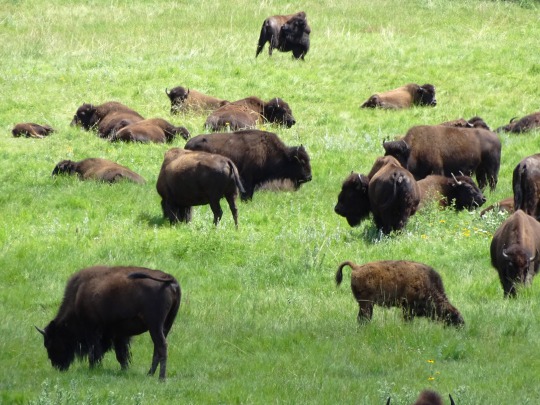



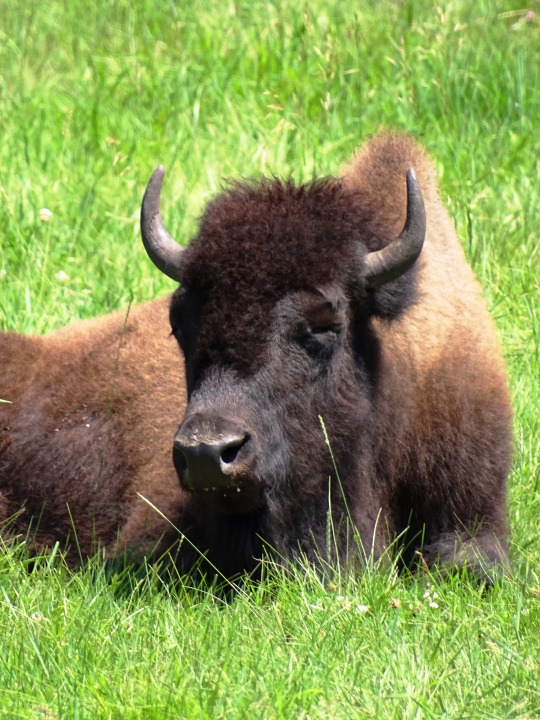

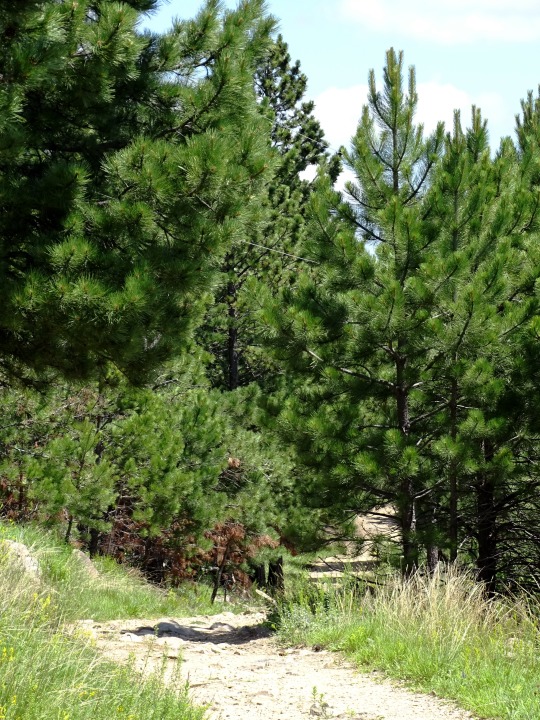
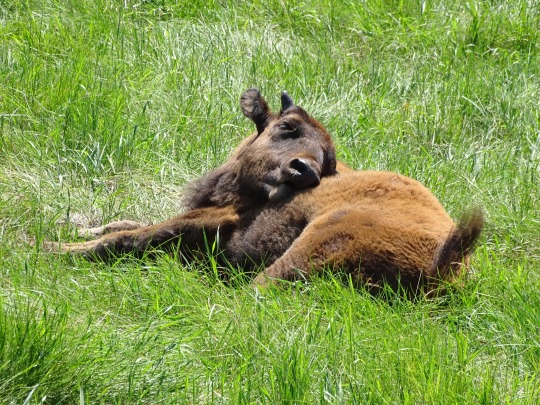
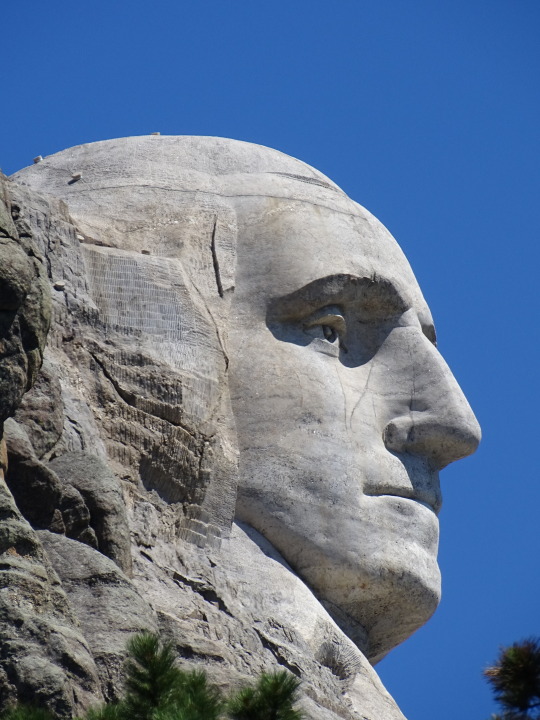


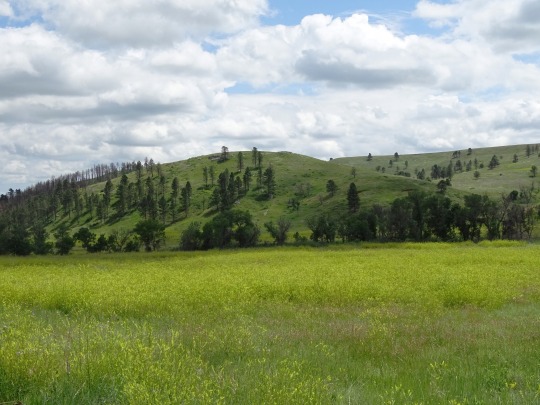


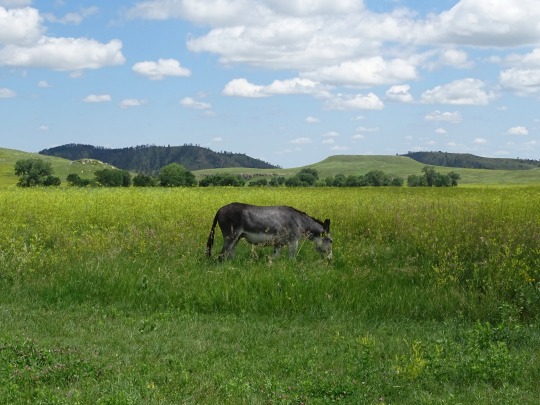






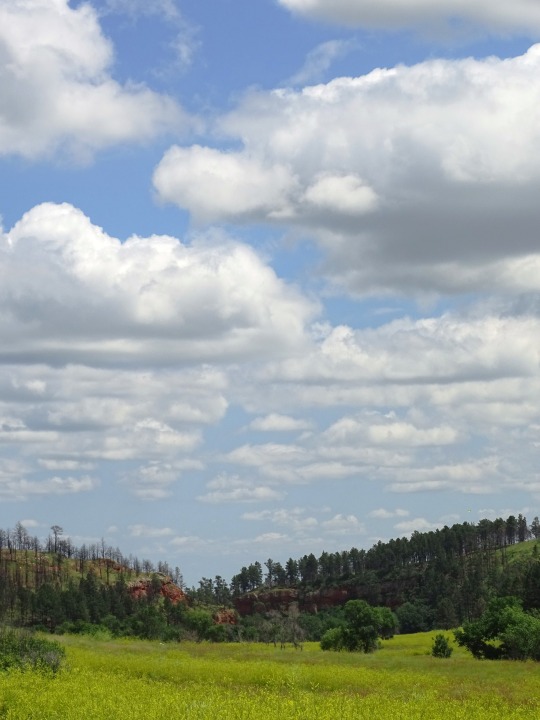


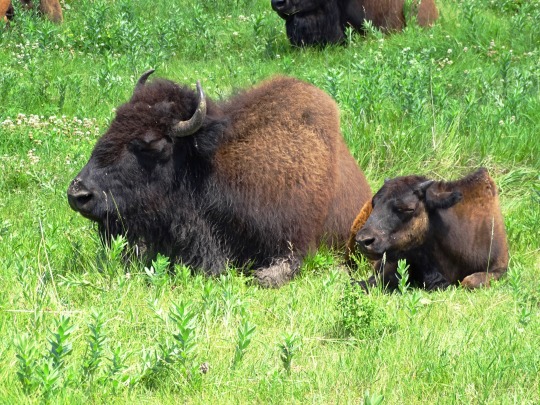
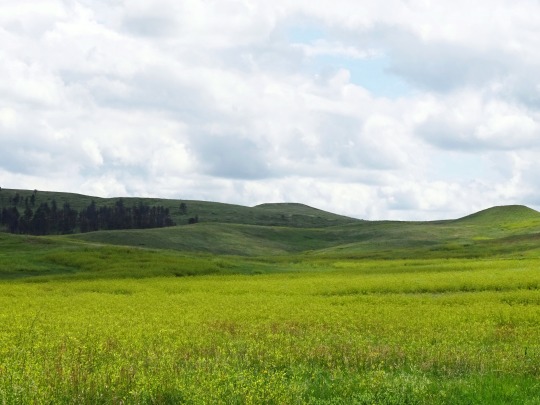



On February 22, 1889 US President Grover Cleveland signed the Enabling Act of 1889 which split the Territory of Dakota into two states: North Dakota and South Dakota.
#Grover Cleveland#signed#Enabling Act of 1889#South Dakota#split#Territory of Dakota#22 February 1889#135th anniversary#US history#Black Hills#Custer State Park#I love Custer State Park#Mount Rushmore National Memorial#controversy#buffalo#American bison#wildlife#begging burro#donkey#flora#fauna#wildflower#original photography#summer 2019#travel#vacation#countryside#big sky country#tourist attraction#landmark
9 notes
·
View notes
Text

October 4, 1927: Work begins on Mount Rushmore
"On October 4, 1927, sculpting begins on the face of Mount Rushmore in the Black Hills National Forest of South Dakota. It would take another 12 years for the granite images of four of America’s most revered presidents—George Washington, Thomas Jefferson, Abraham Lincoln and Theodore Roosevelt—to be completed.
The monument was the brainchild of a South Dakota historian named Doane Robinson, who was looking for a way to attract more tourists to his state. He hired a sculptor named Gutzon Borglum to carve the faces into the mountain. The Lakota Sioux people, who consider the Black Hills to be sacred ground, strongly opposed the project. The mountain was previously part of the Great Sioux Reservation before being taken away from them by the U.S. government.
According to the National Park Service, the first face to be chiseled was George Washington’s; Borglum first sculpted the head as an egg shape, his features added later. Thomas Jefferson’s image was originally fashioned in the space to the right of Washington, but, within two years, the face was badly cracked. Workers had to blast the sculpture off the mountain using dynamite. Borglum then started over with Jefferson situated on the left side of Washington.
Washington’s face was the first to be completed in 1934. Jefferson’s was dedicated in 1936—with then-president Franklin Roosevelt in attendance—and Lincoln’s was completed a year later. In 1939, Teddy Roosevelt’s face was completed. The project, which cost $1 million, was funded primarily by the federal government.
Borglum continued to touch up his work at Mount Rushmore until he died suddenly in 1941. Borglum had originally hoped to also carve a series of inscriptions into the mountain, outlining the history of the United States."
-- History.com
This month in history:
October 3, 1990 - East and West Germany reunite after 45 years
October 5, 1947 - Harry Truman delivers first-yever presidental speech on TV
October 13, 1792 - White House cornerstone laid
October 18, 1867 - United States takes possession of Alaska territory
October 26, 1825 - Erie Canal opens
This photograph of Mount Rushmore in process of carving, can be found in the online collection of Minnilusa Historical Association.
#this day in history#this month in history#museum collections#online museum collections#south dakota history#mount rushmore#history museums#museums#pastperfect#pastperfect online#minnilusa historical association#south dakota museums#mountain west museums
0 notes